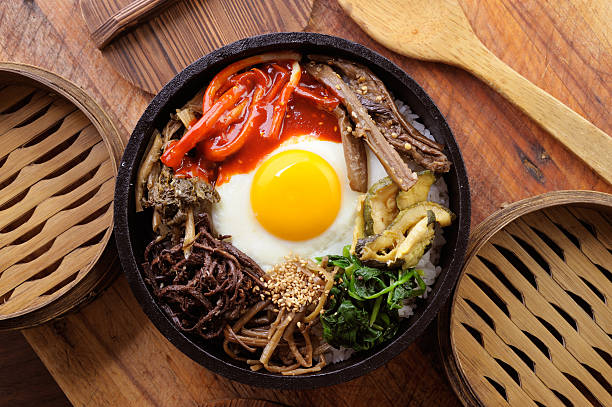Food
A key trait of Korean cuisine is the combination of the eum-yang philosophy and fermentation. For example, the main ingredients for kimchi are cabbage and radish. The wide leaves of cabbage represent eum (yin) and the long stalk of radish represents yang. After combining the eum and yang of cabbage and radish along with numerous seasonings, everything is fermented to produce kimchi, the most recognized dish of Korean cuisine. Various Korean dishes, adored as health food by millions around the world, reflect Korean cultural wisdom and longstanding traditions.
Hanbok: Traditional Attire
Traditional Korean attire known as hanbok is renowned for its beautiful flowing lines and dazzling colors. Graceful and functional, hanbok provides both elegance and comfort to its wearer. Appreciation of Korea’s ancient traditional apparel is growing across the globe, gaining admirers. Moreover, modern interpretations of hanbok are gaining new fans at prestigious international fashion runways.
Ondol: Traditional Floor Heating
A longstanding tradition of Korean housing is ondol, which extends back thousands of years. Renowned for promoting good health through sound sleep, this floor heating technique is still prevalent in South Korea, even in sophisticated modern buildings.

